An engaging activity to consolidate understanding of groups and items within groups.
This worksheet must be used in conjunction with the Sound Groups for Teaching Multiplication Video. Students watch the video and listen to rhythmic patterns played on various untuned percussion instruments. For each example, they identify which graphic notation sample matches what they hear. They cut and paste the correct pattern onto their worksheet and identify the number of groups and the number of sounds in each group.
More comprehensive instructions are provided in the video.
This teaching resource could be used for a number of different purposes. Use it in the classroom when teaching early multiplication skills or simply to refine listening skills. Because students are required to discriminate between long and short sounds in this activity, it could also be used to develop the musical skill of aural recognition of rhythmic patterns.
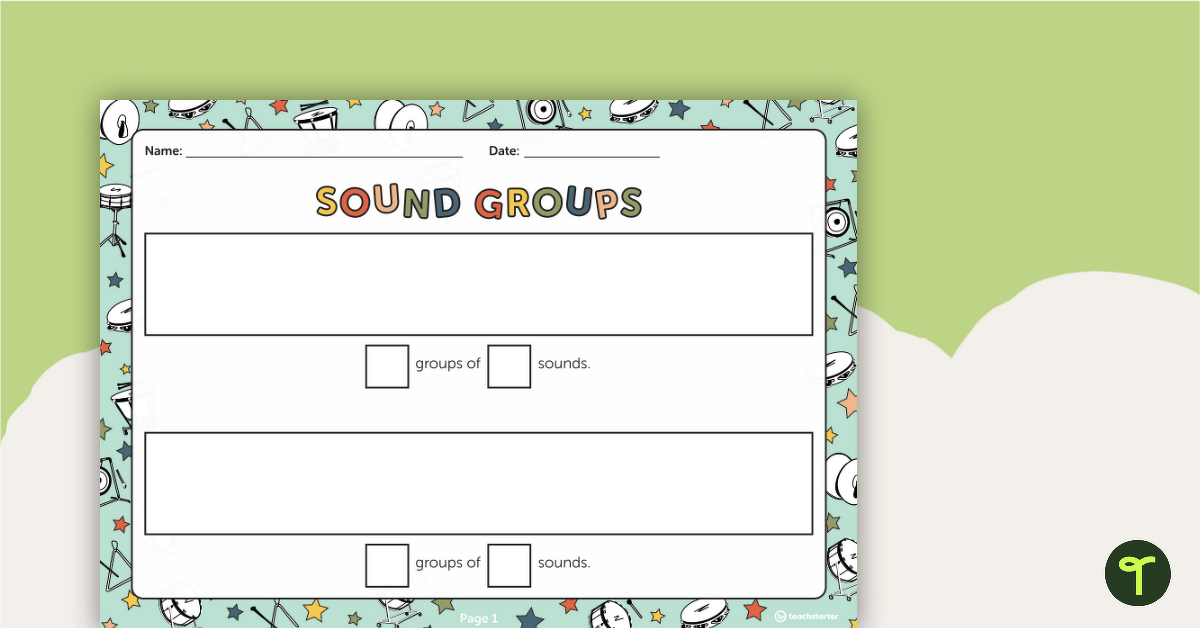
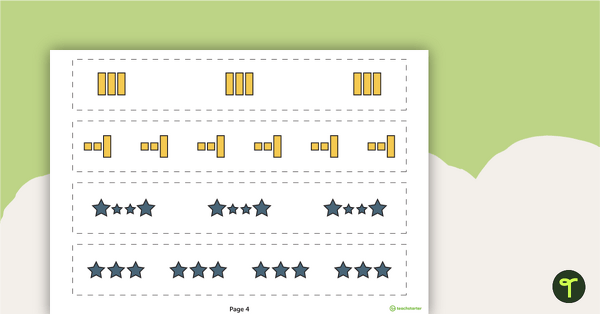
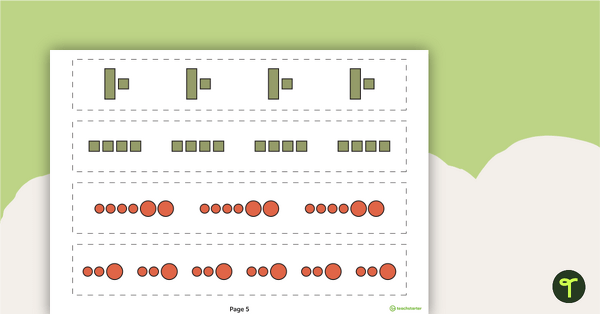
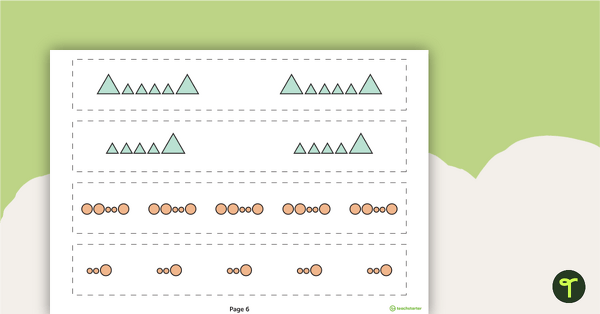




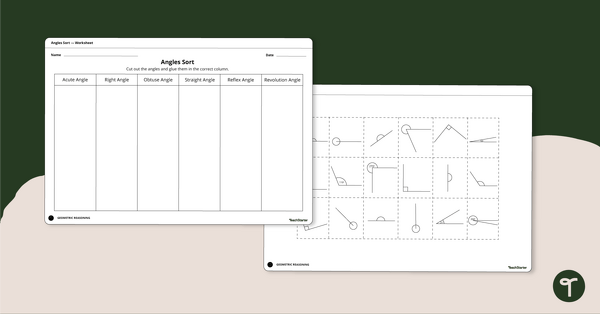


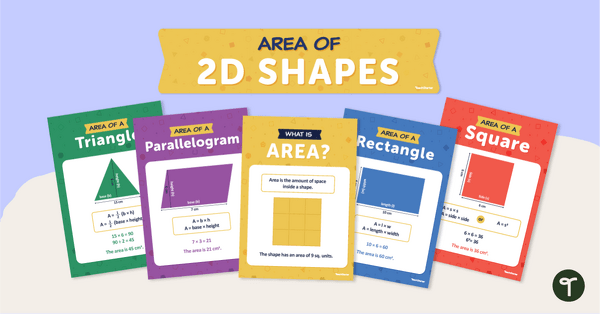
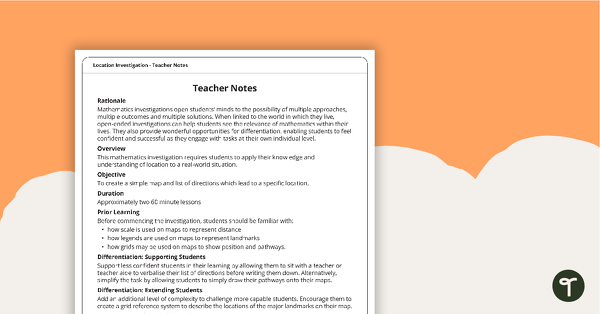
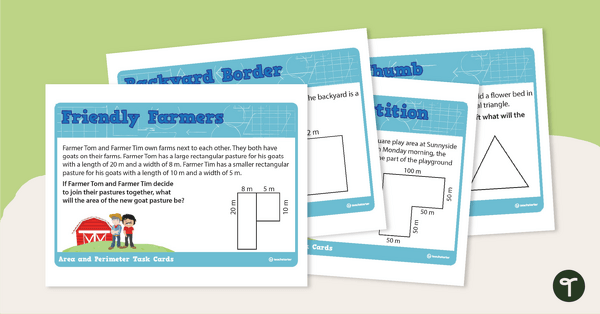
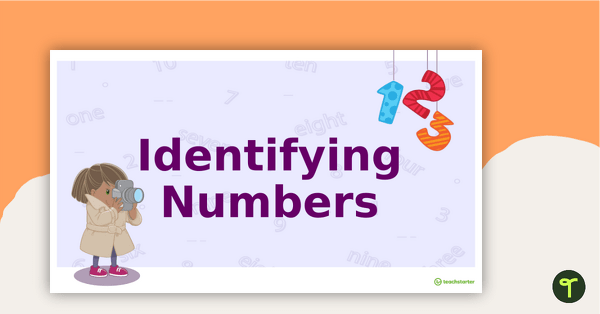
0 Comments
Write a review to help other teachers and parents like yourself. If you'd like to request a change to this resource, or report an error, select the corresponding tab above.